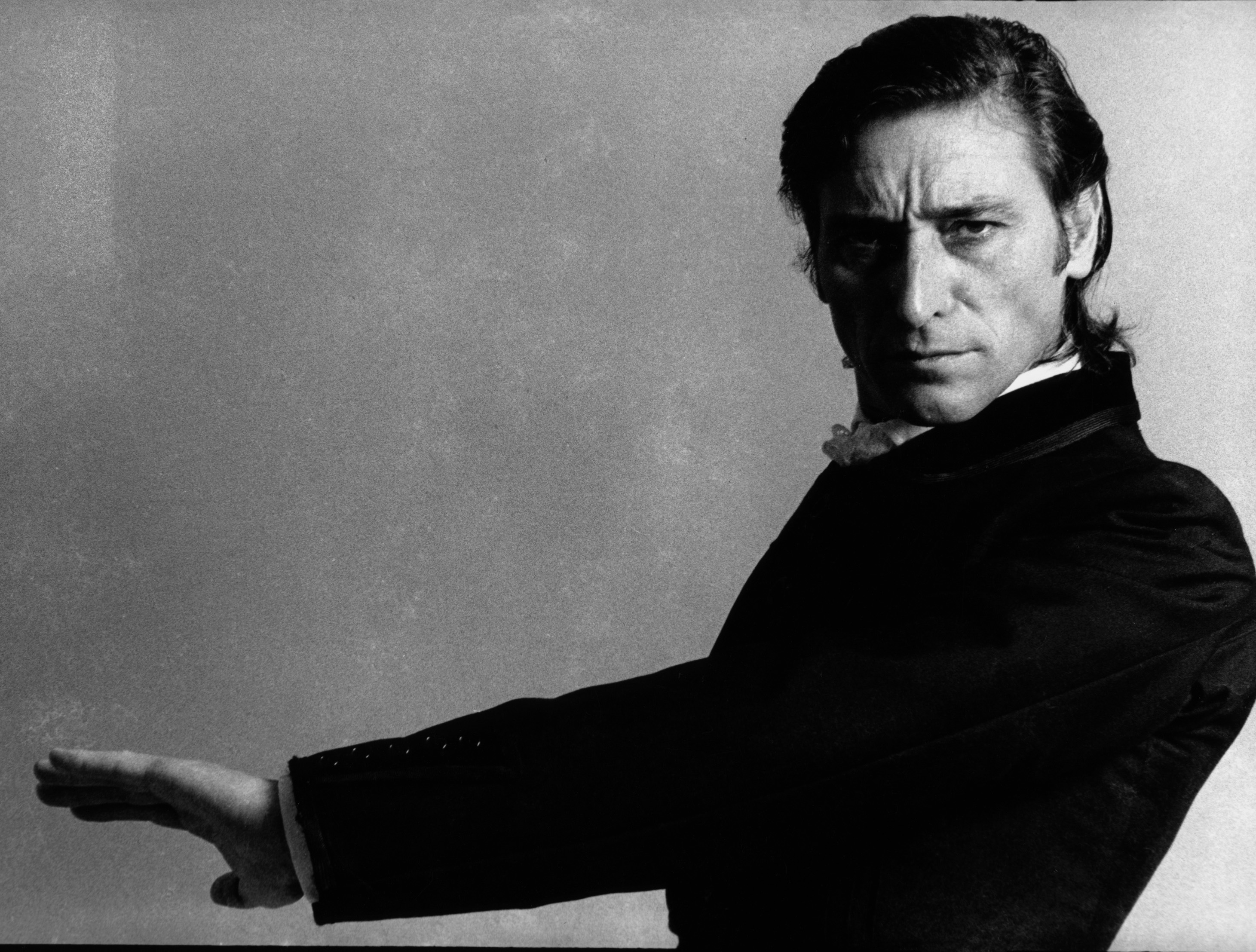Antonio Gades (1978-1980)

From the start, innovation has been at the heart of the Ballet Nacional de España. To have Antonio Gades (Elda, 1936, Madrid, 2004) as its first artistic director is undeniable proof of a will to open up and have a broad understanding of Spanish dance, flamenco and folklore -the stylistic foundations this company was built on- which met immediate success. In 1978, Gades was already a successful international figure and was already creating choreographies that were to take him to the top. A highly cultured man, his work foresaw the major transformations that would eventually -in the 21st century- include flamenco in the boundless vanguards that rule over the recent performing arts. In this regard, his contribution as forerunner of what we call today, Nuevo Flamenco is undeniable, a rising trend that attracts all the attention of the more radical sector of international contemporary dance.
As it usually happens with most popular and folklore dance, the message of flamenco was flamenco itself. Flamenco was the goal. The pleasure of dancing and watching others dance was the essence of the stage dynamics. Nonetheless, Gades had started to understand that flamenco could be the means to convey genuine ideas and emotions, put together a discourse and a dramaturgy. A great admirer of ballet, he made praiseworthy attempts to bring to his art some of the precepts of academic dance, especially those regarding narrative discourse. He did not hesitate to ally with Federico García Lorca to follow this path.
He had premiered Blood Wedding in Italy in 1974 but including it in the Ballet Nacional de España’s repertoire established it internationally and consolidated the newly created state company. Gades translated Lorca’s powerful tragedy into compressed time with overwhelming emotional force. The moon of death, the Bride’s tension and the Groom’s innocence, the lover’s boldness, the unrestrained passion of the lovers in addition to Lorca’s huge sense of poetry and tragedy make a smooth transition into the world of flamenco created by Gades, in which dance is the vehicle, language and support of a show where the real protagonist is this tragedy with a bloody outcome. The daring and innovative scene of the knife fight between Leonardo and The Groom, performed through an exciting slow-motion encounter is one of the most outstanding instances of his dance and of flamenco in general.
Blood Wedding was the starting point of Gades’s most relevant research, which years later he continued with El amor brujo and Carmen, that complete a legendary trilogy, especially after it was reconverted into films made with the director Carlos Saura. But from the start the Ballet Nacional de España has never been an auteur company and that is the way the master understood it. He firmly set out to rescue the Spanish choreographic memory of the 20th century, encouraging the recovery of major works like Fandango, by Padre Soler, some choreographies by Mariemma or, among many others, Pilar López’s impressive Concierto de Aranjuez. Of his own creation, he contributed La Suite Flamenca, made up of seven pieces of traditional dance re-fashioned with his own language. Gades was barely two years at the head of this public company but his was a brief, far-reaching period. It was with him that the foundations and the artistic lines that have defined, and still define, the Ballet Nacional de España were laid down.